| Title | Optical-Flow based Detection of Moving Objects in Traffic Scenes |
| Publication Type | PhD Thesis |
| Year of Publication | 2008 |
| Authors | Klappstein, J |
| University | IWR, Fakultät für Mathematik und Informatik, Univ.\ Heidelberg |
| Abstract | Traffic is increasing continuously. Nevertheless the number of traffic fatalities decreased in the past. One reason for this are the passive safety systems, such as side crash protection or airbag, which have been engineered the last decades and which are standard in today's cars. Active safety systems are increasingly developed. They are able to avoid or at least to mitigate accidents. For example, the adaptive cruise control (ACC) original designed as a comfort system is developed towards an emergency brake system. Active safety requires sensors perceiving the vehicle environment. ACC uses radar or laser scanner. However, cameras are also interesting sensors as they are capable of processing visual information such as traffic signs or lane markings. In traffic moving objects (cars, bicyclists, pedestrians) play an important role. To perceive them is essential for active safety systems. This thesis deals with the detection of moving objects utilizing a monocular camera. The detection is based on the motions within the video stream (optical flow). If the ego-motion and the location of the camera with respect to the road plane are known the viewed scene can be 3D reconstructed exploiting the measured optical flow. In this thesis an overview of existing algorithms estimating the ego-motion is given. Based on it a suitable algorithm is selected and extended by a motion model. The latter one considerably increases the accuracy as well as the robustness of the estimate. The location of the camera with respect to the road plane is estimated using the optical flow on the road. The road might be temporary low-textured making it hard to measure the optical flow. Consequently, the road homography estimate will be poor. A novel Kalman filtering approach combining the estimate of the ego-motion and the estimate of the road homography leads to far better results. The 3D reconstruction of the viewed scene is performed pointwise for each measured optical flow vector. A point is reconstructed through intersection of the viewing rays which are determined by the optical flow vector. This only yields a correct result for static, i.e. non-moving, points. Further, static points fulfill four constraints: epipolar constraint, trifocal constraint, positive depth constraint, and positive height constraint. If at least one constraint is violated the point is moving. For the first time an error metric is developed exploiting all four constraints. It measures the deviation from the constraints quantitatively in a unified manner. Based on this error metric the detection limits are investigated. It is shown that overtaking objects are detected very well whereas objects being overtaken are detected hardly. Oncoming objects on a straight road are not detected by means of the available constraints. Only if one assumes that these objects are opaque and touch the ground the detection becomes feasible. An appropriate heuristic is introduced. In conclusion, the developed algorithms are a system to detect moving points robustly. The problem of clustering the detected moving points to objects is outlined. It serves as a starting point for further research activities. |
| URL | http://www.ub.uni-heidelberg.de/archiv/8591/ |
| Citation Key | klappstein2008 |


